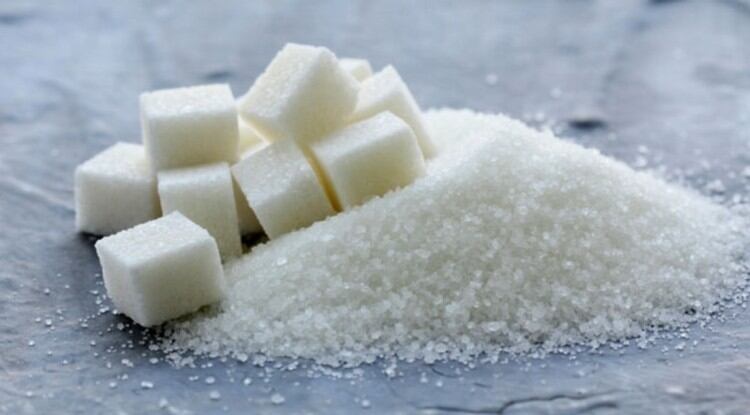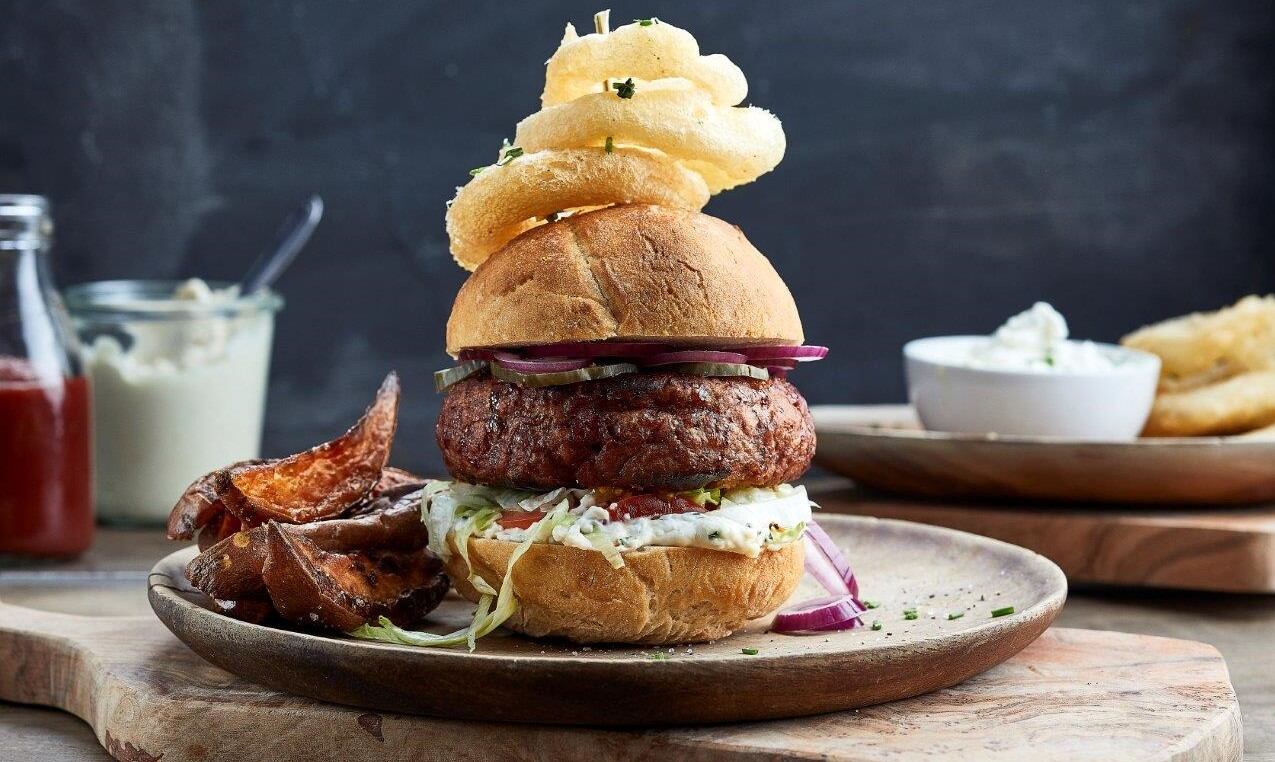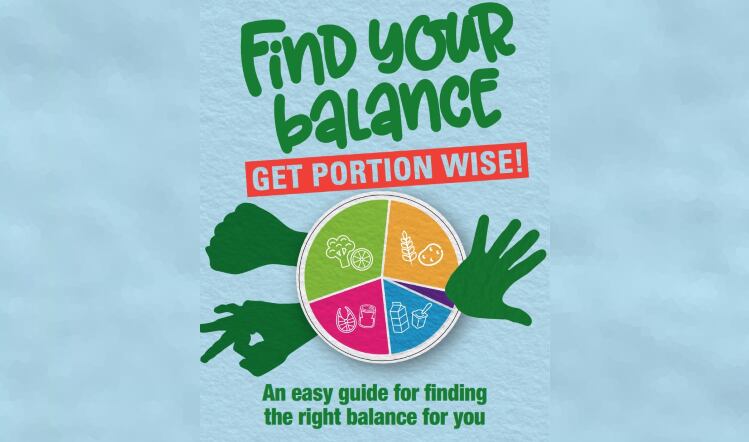Changes to the composition of everyday foods, through reformulation and innovation, have been under way for many years and, over time, have helped consumers to improve their diets. But, of course, portion size matters too.
Often, reformulation efforts have gone under the radar – by ‘stealth’ – but this approach is more difficult for portion size change. So, consumers typically need to be actively and consciously engaged in the process.
Eating differently
Of course, it’s not just about eating less – it’s also about eating differently. Calorie-dense foods and drinks, high in fat and/or sugar, need to be kept in check. But for many other foods with a relatively low calorie density – which are also sources of essential vitamins, minerals, protein and dietary fibre – such as plain vegetables, low-fat protein sources and some high-fibre wholegrain-based foods, the message is often to eat more.
Also, people’s diet needs vary – for example, in the context of their height or activity level and whether or not they need to lose weight. Furthermore, what might be a suitable portion for a main meal, is likely to be different for a snack.
Free guide
To help consumers think more about how much they are eating, the British Nutrition Foundation has produced a free practical guide about appropriate portion sizes for adults within a healthy, balanced diet, spanning each of the main food group.
Developed to complement the Government’s Eatwell Guide, Find Your Balance: get portion wise! provides flexible advice on not just what to eat to achieve a healthy diet, but also how often and how much.
The Find Your Balance resources comprise a fridge poster, a short booklet and a longer, more detailed digital resource booklet with a full list of portion sizes, providing information on weight in grams and calorie content.




